AFRICAN AIR FORCES RISE TO THE FOREFRONT IN COUNTERTERRORISM OPERATIONS
Across the vast and volatile regions of Africa, air forces once limited to ceremonial roles or basic transport duties are emerging as pivotal players in the continent’s counterterrorism campaigns. From the Sahel’s sweeping deserts to the forests of the Lake Chad Basin and the coastal plains of the Horn of Africa, fixed-wing strike aircraft, armed helicopters, and intelligence-gathering drones now routinely support troops fighting jihadist groups linked to al-Qaeda and the Islamic State. What began as improvised responses to insurgencies has evolved into sustained air operations that increasingly determine the pace and outcome of conflicts in Mali, Niger, Nigeria, Somalia, and Mozambique.
This transformation is driven by a mix of foreign assistance and expanding indigenous capability. The most visible symbol of this shift is the growing fleet of Bayraktar TB2 drones, now operated by Nigeria, Niger, Togo, Burkina Faso, Mali, and Morocco. These affordable UCAVs have logged thousands of strike hours against Boko Haram, IS-West Africa Province (ISWAP), and Jama’at Nusrat al-Islam wal-Muslimin (JNIM). Ethiopia has similarly reshaped its air posture with Chinese Wing Loong drones and Russian-supplied Su-30 fighters, which played a decisive role in its 2020–2022 conflict with Tigrayan rebels blurring the line between counterinsurgency and conventional warfare.
Related Article: NAVIGATING THE SKIES: WHY MILITARY AIRCRAFT MAINTENANCE IS AFRICA’S NEXT AVIATION IMPERATIVE
Nigeria’s Air Force (NAF) stands out as a case of dramatic institutional renewal. Long plagued by corruption scandals and aging platforms, the service has modernized rapidly with the acquisition of 12 A-29 Super Tucano light-attack aircraft from the United States, pending delivery of 12 AH-1Z Viper attack helicopters, and an expanding fleet of Turkish and Chinese drones. These assets have enabled NAF to conduct hundreds of independent strike missions across the northeast and northwest, weakening Boko Haram’s capacity to hold territory and reducing mass-casualty attacks in rural regions.
In the Sahel, progress is uneven. After France ended Operation Barkhane in 2022 and partnerships with Mali, Niger, and Burkina Faso collapsed, the military juntas in these states turned to Russia and Turkey for airpower. Malian Mi-35 Hind helicopters crewed by Wagner (now Africa Corps) personnel and Burkinabè CASA C-295 transport aircraft hastily converted into strike platforms illustrate the improvisational character of Sahelian air operations. Yet even these modest capabilities have proved crucial in breaking sieges and slowing JNIM offensives that might otherwise have toppled multiple provincial capitals.
Kenya and Uganda, by contrast, have leveraged long-standing Western relationships while quietly diversifying their fleets. Kenya’s AH-1 Cobra helicopters donated by Jordan and its MD530F Cayuse Warriors have supported operations against al-Shabaab along the Somali border. Uganda’s Mi-28 Havoc attack helicopters have contributed to AMISOM/ATMIS missions and the pursuit of Lord’s Resistance Army remnants. Both nations are now negotiating for Turkish Hürjet trainers with light-strike capability, signaling a gradual shift from exclusive reliance on U.S. platforms.
Somalia’s air force, rebuilt under Turkish mentorship since 2017, has grown into a meaningful contributor to national security. Its T129 ATAK helicopters and Bayraktar TB2 drones have enabled Mogadishu to conduct precision night strikes an important factor in the government’s 2024–2025 offensive against al-Shabaab in Hirshabelle and Galmudug. Coordination between Somali-piloted drones, U.S. AFRICOM Reaper strikes, and Qatari-donated C-130s offers a model for multinational air operations in which African forces increasingly take the lead.
Yet formidable challenges endure. Maintenance shortfalls remain the Achilles’ heel of nearly all African air forces, with spare-parts shortages often grounding more than half of available aircraft. Pilot training pipelines are thin, and the loss of a single experienced aircrew can sideline a squadron for months. Corruption, political turnover, and shifting military priorities continue to undermine long-term planning. Meanwhile, insurgent groups are adapting by dispersing, embedding within civilian populations, and acquiring more advanced anti-aircraft weapons. MANPADS have already brought down a Malian Mi-8 and a Nigerian Super Tucano since 2023.
Despite these obstacles, the trajectory is unmistakable: African air forces are no longer peripheral actors dependent on foreign contractors. From Niamey to Nairobi and Addis Ababa to Abuja, domestically led squadrons now plan and execute complex missions that increasingly shape the future of fragile states. As terrorism evolves and global powers compete for influence across the continent, African skies once dominated by external militaries are becoming arenas where African pilots themselves define the strategic landscape. The era of the African combat aviator as a decisive national asset has firmly arrived.
King Richard Igimoh, Group Editor ALO
King Richard Igimoh, Group Editor African Leadership Organisation is an award-winning journalist, editor, and publisher with over two decades of expertise in political, defence, and international affairs reporting. As Group Editor of the African Leadership Organisation—publishers of African Leadership Magazine, African Defence & Security Magazine, and Africa Projects Magazine—he delivers incisive coverage that amplifies Africa’s voice in global security, policy, and leadership discourse. He provides frontline editorial coverage of high-profile international events, including the ALM Persons of the Year, the African Summit, and the African Business and Leadership Awards (ABLA) in London, as well as the International Forum for African and Caribbean Leadership (IFAL) in New York City during the United Nations General Assembly.
Recent Posts
Categories
- Air & Aerospace15
- Border Security14
- Civil Security3
- Civil Wars4
- Crisis4
- Cyber Security4
- Defense15
- Diplomacy17
- Entrepreneurship1
- Events5
- Global Security Watch6
- Industry6
- Land & Army7
- Leadership & Training3
- Military Aviation2
- Military History27
- Military Speeches1
- Naval & Maritime8
- Resources1
- Security12
- Special Forces1
- Systems And Technology8
- Tech6
- Uncategorized3
- UNSC1
- Veterans6
- Women in Defence9
Related Articles
THE SPACE RACE: AFRICA’S EMERGING AEROSPACE PROGRAMMES
Africa’s skies are no longer just a backdrop to other powers’ ambitions...
ByKing Richard Igimoh, Group Editor ALOOctober 6, 2025MILITARY HELICOPTERS IN AFRICAN OPERATIONS
Military helicopters have become important assets in African operations, offering unmatched versatility...
ByKing Richard Igimoh, Group Editor ALOSeptember 23, 2025UNMANNED AERIAL SYSTEMS: GAME CHANGERS IN AFRICAN CONFLICTS
In Africa’s conflict zones where rugged terrain once served as cover for ...
ByKing Richard Igimoh, Group Editor ALOSeptember 15, 2025AFRICA’S FIGHTER JET FLEETS: AN OVERVIEW
Africa’s air and aerospace sector has witnessed significant evolution in recent years,...
ByKing Richard Igimoh, Group Editor ALOAugust 22, 2025
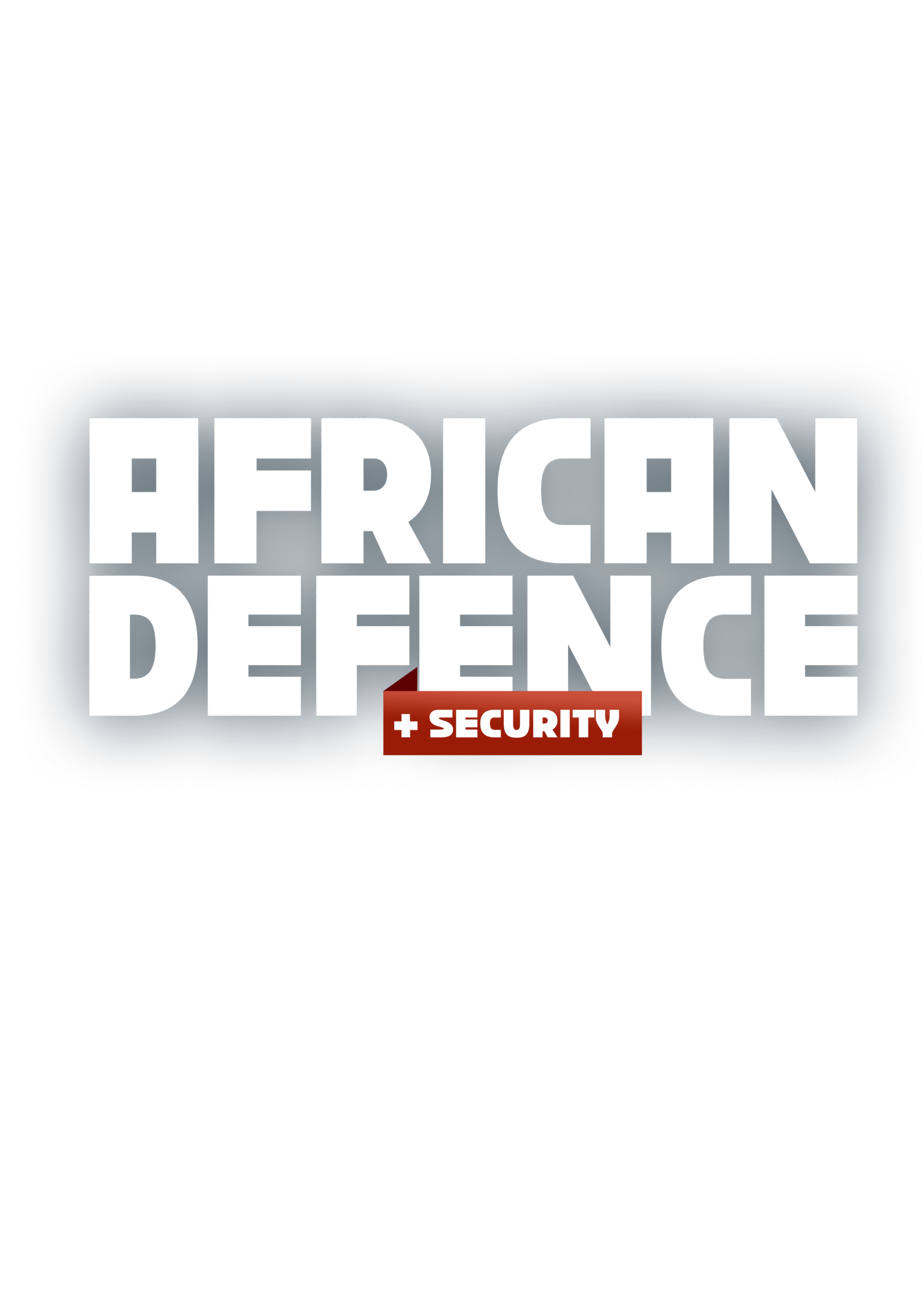
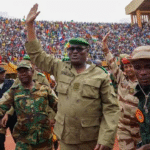







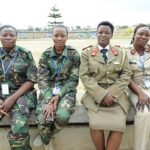


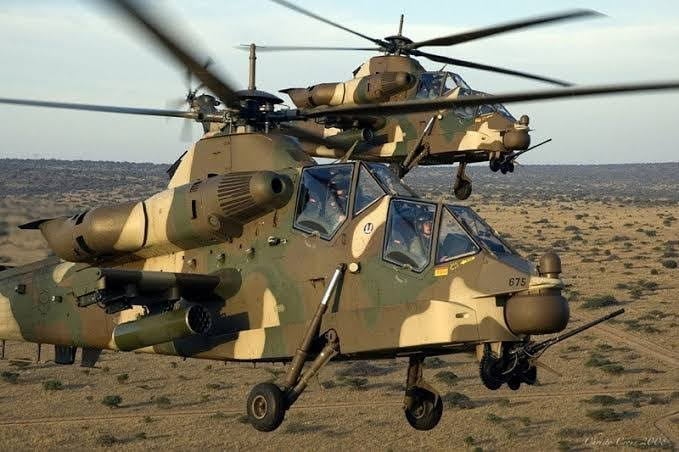
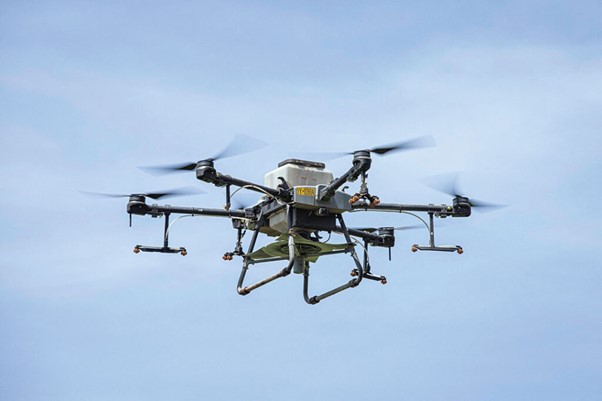

Leave a comment